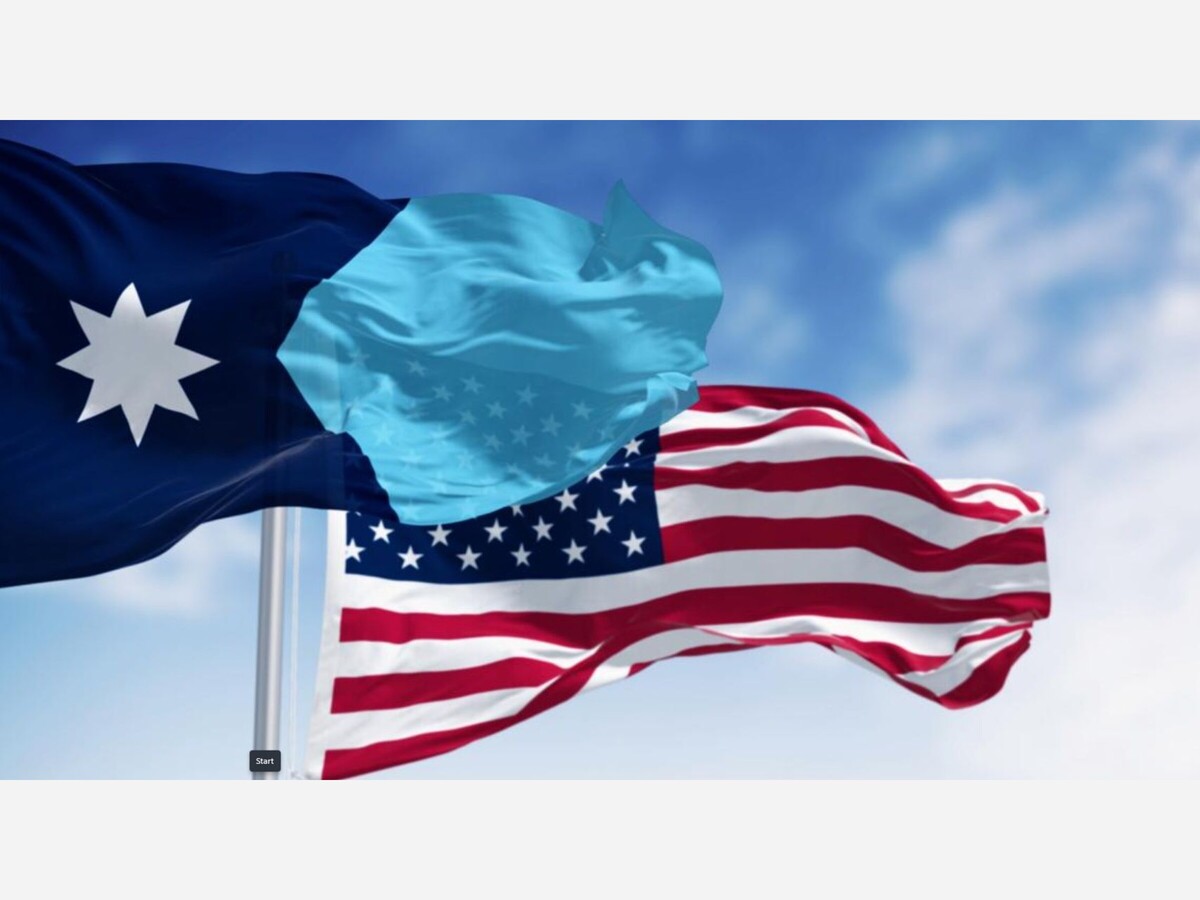Image


As federal shutdown halts food benefits, hundreds of thousands of Minnesotans face hunger and impossible choices.
As the federal government shutdown extends into its fourth week, Minnesota confronts a mounting humanitarian crisis. Beginning November 1, the Supplemental Nutrition Assistance Program (SNAP)—a lifeline for over 440,000 Minnesotans, including 36% children and 18% seniors—will cease delivering benefits unless Congress acts immediately. This is not merely a policy failure; it is a moral catastrophe unfolding in real time.
The U.S. Department of Agriculture (USDA) confirmed that no SNAP benefits will be issued in November due to the shutdown. Despite holding $5 billion in contingency funds, federal authorities have opted not to use these resources, citing their intended purpose for disaster response. This leaves millions of Americans—including more than 1 million Minnesotans—without their primary means of accessing food.
“This is unprecedented,” said Emily Hanson, policy director at Minnesota FoodShare. “We have contingency plans, but they cannot replace a federally guaranteed benefit that so many families rely on every month.”
Past shutdowns temporarily slowed SNAP distribution, but benefits were never entirely halted. In 2013, a 16-day federal shutdown delayed benefits but did not leave families without access to food. The current scenario marks the first time in recent memory that Minnesotans risk going hungry because of political deadlock.
The human toll is already being felt. Sara Carlson, a Rochester resident and board member of Channel One Regional Food Bank, shared her experience:
“Two decades ago, I was a single mother of three, relying on food stamps to feed my children. Without that support, I wouldn't have been able to afford to live. Now, I fear others will face the same hardships.”
Food banks are struggling to keep up. Jason Viana, executive director of The Open Door in Eagan, said:
“We’ve seen a 25% spike in requests for emergency food over the past month. Even with Governor Walz’s $4 million emergency funding for Minnesota food shelves, we cannot meet the scale of demand. SNAP is not just a benefit—it is the backbone of food security for our communities.”
Local advocacy groups are echoing the urgency. Alicia Brown, director of Hunger-Free Minnesota, said: “This is a moral failure of the federal government. When policymakers fail to act, the consequences are immediate and devastating: children skip meals, seniors ration medicine, and entire families are pushed into crisis.”
Governor Tim Walz announced emergency state-level funding for food banks and increased outreach to help families navigate alternative assistance programs. Yet state resources, while critical, are insufficient. “State dollars can’t replace a federal program that feeds hundreds of thousands,” said Walz.
The Minnesota Department of Children, Youth, and Families has temporarily halted processing new SNAP applications. “Every family turned away is a household teetering on the edge of hunger,” said spokesperson Hannah Lee. “The human cost is immediate.”
SNAP, established in 1964 as the Food Stamp Program, has been a cornerstone of America’s social safety net. It has historically shielded families from food insecurity during economic downturns, natural disasters, and prior government shutdowns. In Minnesota, SNAP has prevented millions of residents—especially children and the elderly—from falling below basic nutritional standards. Studies show that for every $1 in SNAP benefits, $1.79 is generated in local economic activity, demonstrating the program’s broader societal importance.
Shutting down SNAP disrupts this cycle, threatening both human health and economic stability. Food insecurity is strongly correlated with higher rates of chronic illness, developmental delays in children, and lower educational outcomes—all of which impose long-term costs on communities and the state at large.
The ramifications of halted SNAP benefits extend beyond individual households. Local grocery stores and farmers markets face declining revenues as residents can no longer afford basic groceries. Schools see higher levels of hunger among students, affecting concentration and academic performance. Public health systems anticipate increased demand for emergency care, particularly for nutrition-sensitive conditions such as diabetes and hypertension.
Rural communities are disproportionately affected. In southwestern Minnesota, the Southwest Minnesota Food Bank serves dozens of counties where SNAP often represents the primary source of food access. “We are seeing lines we’ve never seen before,” said food bank manager Tom Jenkins. “People who have always been independent are now relying on us for the first time.”
This crisis is not a natural disaster—it is a man-made catastrophe. While Minnesota leaders have acted to cushion the blow, the federal government must do its part. Congress must immediately pass a spending bill to restore SNAP funding. Every day of delay exacerbates suffering, placing children, seniors, and individuals with disabilities at unnecessary risk.
The people of Minnesota deserve better. They deserve a government that honors its commitments and protects its most vulnerable citizens. This is more than a political issue—it is a test of our collective humanity.
As families like Maria Lopez’s wait for action, the message is clear: hunger cannot be postponed. Congress must act now. Every day of delay leaves Minnesotans to face a grim reality: empty pantries, impossible choices, and the knowledge that political gridlock has real human costs.
Minnesota residents seeking support can access emergency food through the Minnesota Department of Children, Youth, and Families (dcyf.mn.gov), local organizations like The Open Door in Eagan, and Second Harvest Heartland. Advocacy groups urge residents to reach out, volunteer, and support local food shelves wherever possible.